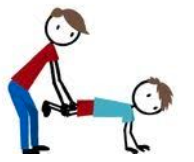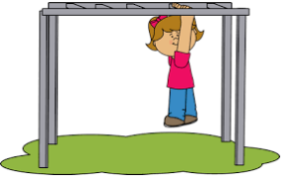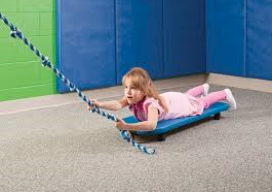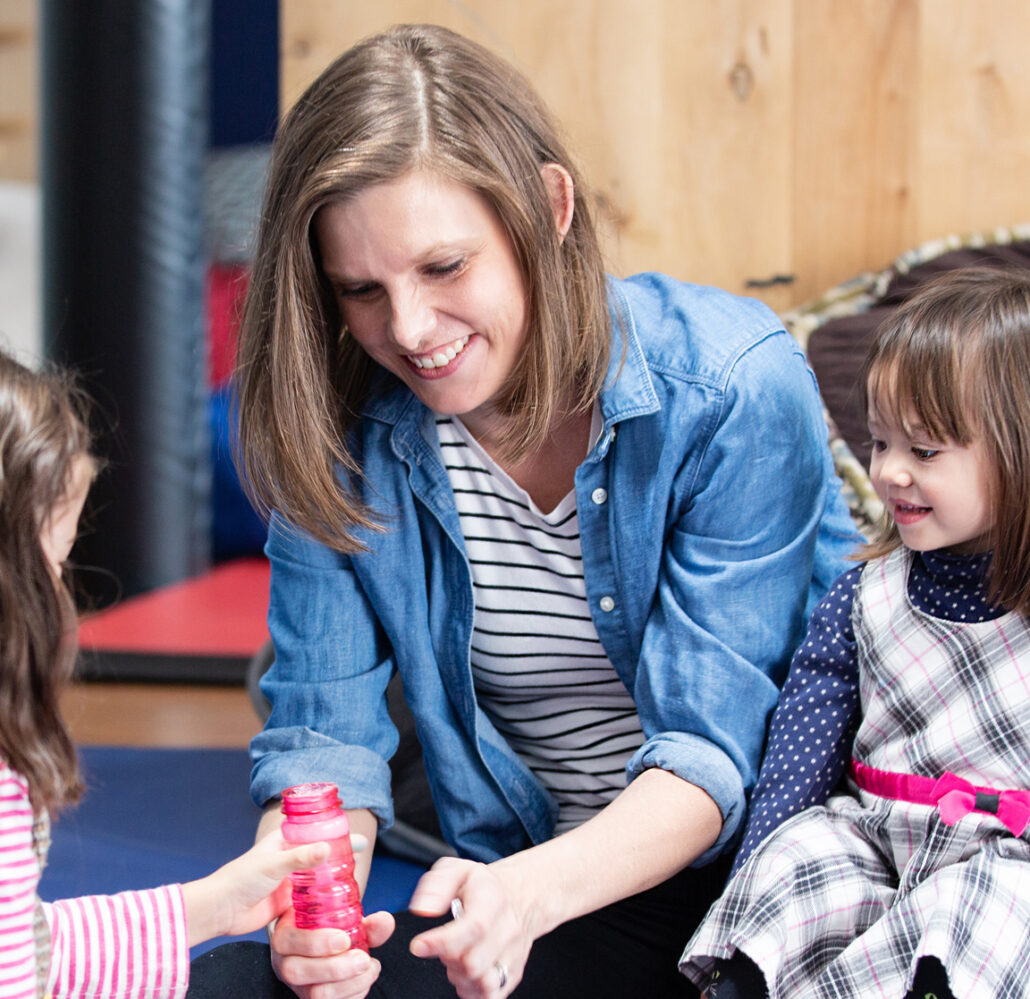What is it? Strength and stability of the muscles closest to the center of the body (Case-Smith & O’Brien, 2015).
Why is it important? Having proximal stability, such as adequate core or shoulder strength, provides the body parts further away from the core with better mobility and stability. So, if a child has a strong core, their shoulders, arms, wrists, and hands would have more support, stability, and mobility as well, therefore increasing function in fine motor activities. Proximal stability is necessary for occupations throughout the lifetime, such as:
- Activities of daily life (dressing, feeding, bathing, grooming, functional mobility, toileting)
- Academic performance (writing, fine motor activities, cutting)
- Play and leisure activities (puzzles, sports, etc.)
- Job performance
- Home management (cleaning, organizing, laundry, etc.)
- Meal preparation
- Driving
- Care of others
5 activities to try at home:

1. Wheelbarrow walking. Tip: Weightbearing exercises are great for proximal stability. You can also try animal walks; such as bear walks or crab walks!

2. Drawing on window, wall, or easel. Tip: Writing or drawing on vertical surfaces is a great way to engage core and shoulder muscles.

3. Putting a puzzle together while tummy on ball. Tip: Try having your child prop themselves up while their body is on a ball in order to complete a puzzle or play with a preferred toy. If you do not have a big ball, try having the child prop themselves off the couch!

4. Playing on playground. Tip: Swinging across monkey bars or climbing up equipment is a great way to strengthen shoulders!

5. Scooter boarding while on tummy along a path! Tip: Prone extension activities are great for proximal stability. Try using a skateboard if you do not have a scooter board! Try pulling child with a rope if propelling themselves is too challenging at first.
References American Occupational Therapy Association. (2014). Occupational therapy practice framework: Domain and process (3rd ed.). American Journal of Occupational Therapy, 68(Suppl. 1), S1-S48. Case-Smith, J., & O’Brien, J. (2015). Occupational therapy for children and adolescents (7th ed.). St. Louis, MO: Elsevier Mosby, Inc.

Learn More About My Programs
Blue Bird Day is a rotational therapy program structured like a preschool or kindergarten, but instead of teachers all our staff are therapists! This program is designed to foster socialization, sensory regulation, and learning for children ages 2-7 and helps provide children the tools they need to succeed in a traditional classroom.
Eyas Landing is an outpatient therapy clinic that provides services for children ages 0-21. Our multidisciplinary team of therapists provide ABA, developmental, occupational, physical, speech, nutrition and feeding therapy along with early intervention, social work, counseling, and neuropsychological testing at our West Loop clinic, in-home, at school, and virtually.
Merlin Day Academy is a therapeutic day school for children ages 6-14. Our proprietary model utilizes daily therapeutic and educational rotations to support children’s growth, learning, and their transition into the least restrictive environment possible.




